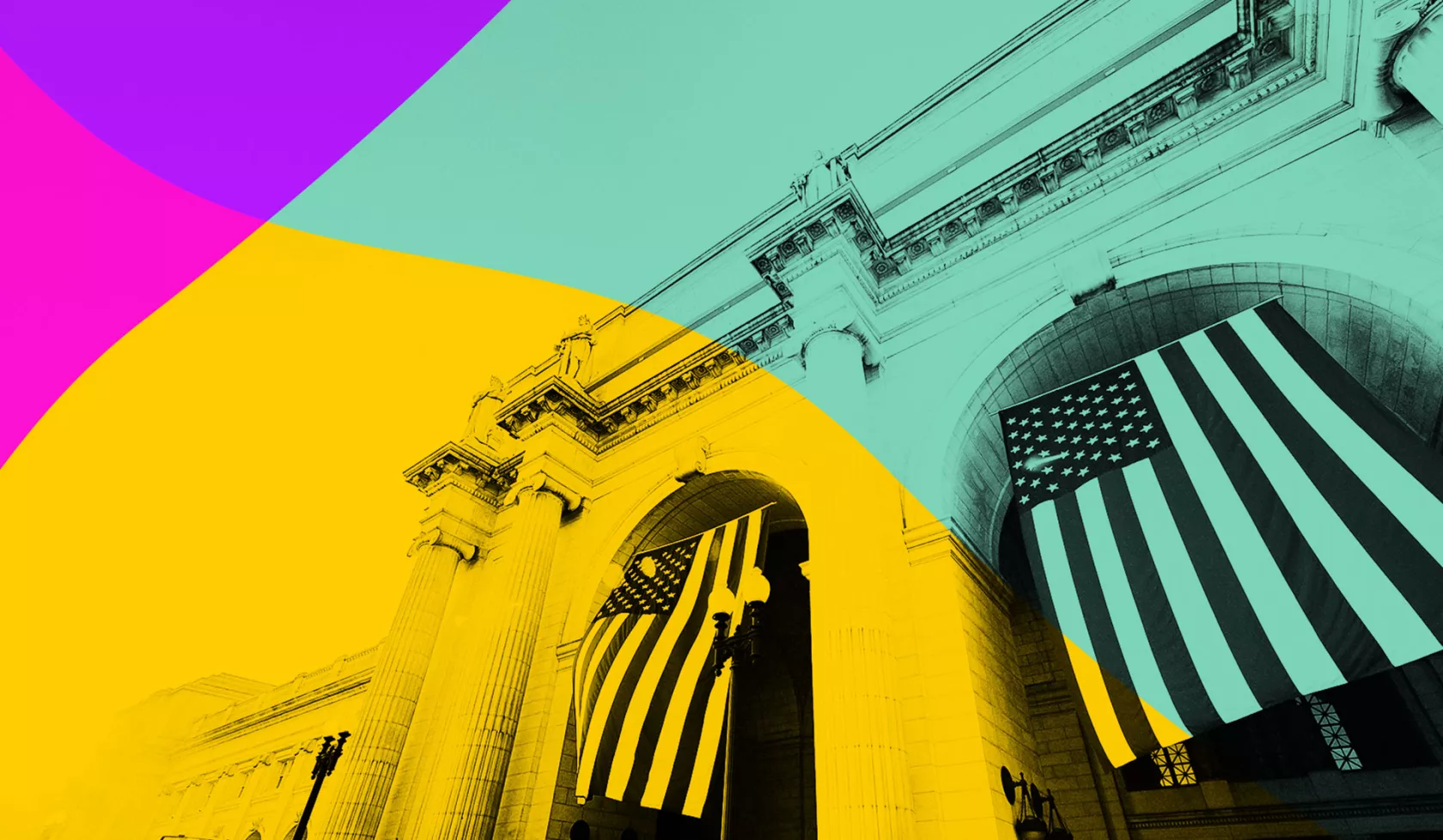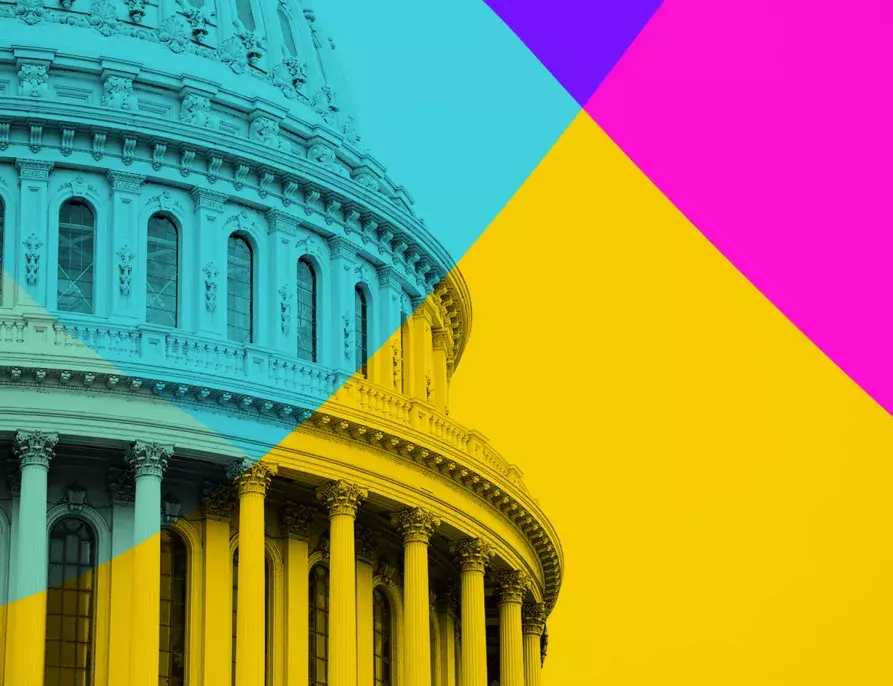
History of The Crisis
The Crisis magazine is the official publication of the NAACP and the nation's oldest African American publication.
A record of the darker races
The Crisis magazine is the official publication of NAACP. It was created in 1910 by renowned historian, civil rights activist, sociologist and NAACP co-founder W. E. B. Du Bois.
Du Bois founded The Crisis in one room of the New YorkEvening Post building in New York City and edited the publication until 1934. A group of NAACP leaders, who included Du Bois, Mary White Ovington, and William English Walling, decided to adapt the name from James Russell Lowell's poem The Present Crisis, written at the height of the Civil War.
In the November 1910 premier issue of The Crisis, Du Bois wrote that the goal of the publication was to "set forth those facts and arguments which show the danger of race prejudice, particularly as manifested today toward colored people." DuBois noted that The Crisis would be a "a record of the darker races."
"It will first and foremost be a newspaper: it will record important happenings and movements in the world which bear on the great problem of inter-racial relations, and especially those which affect the Negro-American. Secondly, it will be a review of opinion and literature, recording briefly books, articles, and important expressions of opinion in the white and colored press on the race problem. Thirdly, it will publish a few short articles. Finally, its editorial page will stand for the rights of men, irrespective of color or race, for the highest ideals of American democracy, and for reasonable but earnest and persistent attempts to gain these rights and realize these ideals. The magazine will be the organ of no clique or party and will avoid personal rancor of all sorts. In the absence of proof to the contrary it will assume honesty of purpose on the part of all men, North and South, white and black."
At the time, Du Bois noted, "it was the rule of most white papers never to publish a picture of a colored person except as a criminal and the colored papers published mostly pictures of celebrities who sometimes paid for the honor. In general, the Negro race was just a little afraid to see itself in plain ink."
But The Crisis was different.
"In its pages was the first encouragement of Negro writers and artists," wrote former Crisis business manager George S. Schuyler in 1951. "Here [were] the first literary contests, the first section devoted to Negro children, the first presentation of Negro artwork, the first feature stories about successful Negroes, the first full-fledged drive for Pan-Africanism, the first special numbers devoted to Negro educational advancement, the first articles on consumers cooperation. Here were scathing denunciations and flaming defense."
The Crisis, Schuyler wrote, created an intellectual revolution.
"Here for the first time with brilliance, militancy, facts, photographs and persuasiveness, a well-edited magazine [that] challenged the whole concept of white supremacy then nationally accepted," Schuyler wrote. The Crisis "became the bible of the militant Negro of the day" and "… was the rallying point for the new interracial deal."
Former NAACP executive director Roy Wilkins, who edited The Crisis from 1934-1949, pointed out that The Crisis was "one of the first, if not the first, magazine in America to carry an article of protest on the internment of American citizens of Japanese ancestry in concentration camps."
"Our content concerned itself with the problems of the day…" Wilkins wrote. He also noted that, "Its pages contain serious discussion of the problems of a group, enunciate a philosophy, and record progress in the struggle toward full citizenship."
For more than a century, The Crisis has chronicled the journey of Black America and is a sought-after resource for researchers, scholars, and others seeking information on the African-American experience. The Crisis/NAACP digital archive at the Library of Congress is the largest and most used collection, totaling over five million pieces.
Today The Crisis focuses on social justice issues, Black history, and African American art and culture. As DuBois intended, it remains committed to:
- Battling tirelessly for the rights of humanity and the highest ideals of democracy
- Telling the world the facts
- Exposing injustice and propose solutions
- Speaking for ourselves and to speak the truth to power
- Serving as a trustworthy record of the darker races and a reliable antidote to ignorance
- Shaping and strengthen our collective consciousness
- Serving humbly and forthrightly as memory and conscience, as spirit and heart.
